Home>diy>Building & Construction>What Is Dowel In Construction
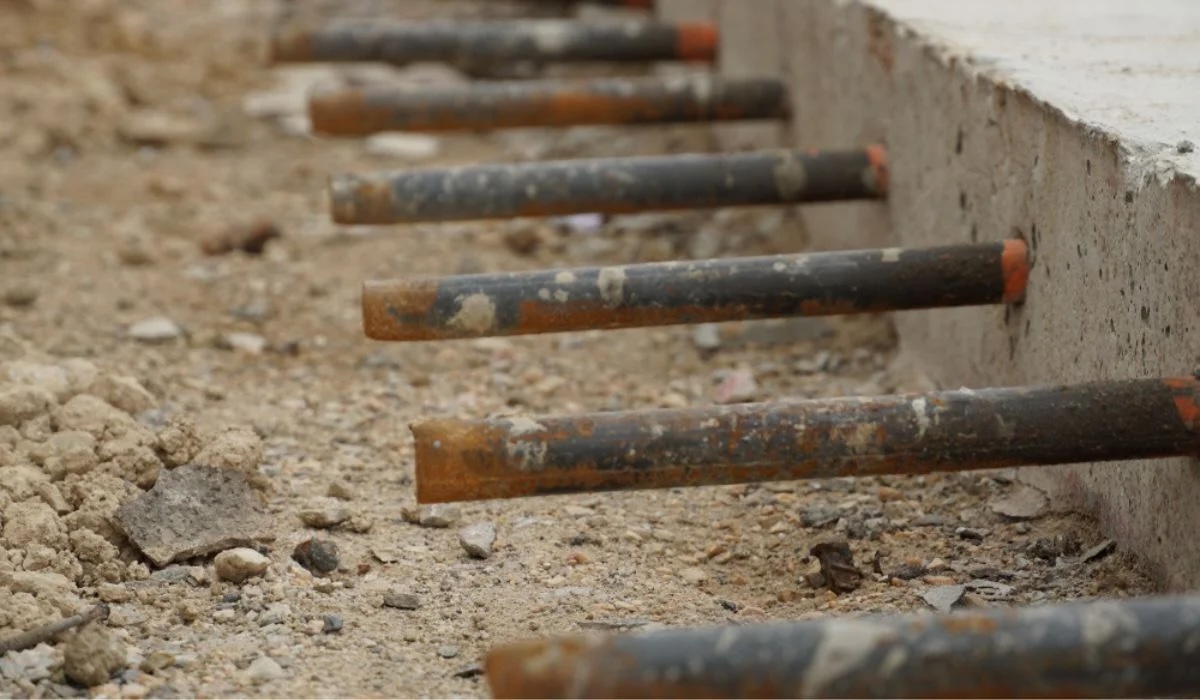

Building & Construction
What Is Dowel In Construction
Modified: December 7, 2023
Learn what a dowel is in building construction and how it is used to reinforce joints and connect structural elements for improved stability and durability. Discover the importance of dowels in creating strong and reliable structures.
(Many of the links in this article redirect to a specific reviewed product. Your purchase of these products through affiliate links helps to generate commission for Storables.com, at no extra cost. Learn more)
Introduction
In the realm of construction, precision and strength are paramount. Every structure is built with the intention to withstand the test of time and natural elements. To achieve this, builders employ various methods and techniques, one of which is the use of dowels. Dowels serve a crucial role in construction, providing stability and reinforcement to ensure the structural integrity of buildings and infrastructure.
But what exactly is a dowel? In the simplest terms, a dowel is a cylindrical rod or pin made of wood, metal, or other materials. It is used to connect two or more components, acting as a joint or connector. Dowels are meticulously manufactured to specific measurements, ensuring an accurate fit between the connected components.
While dowels have been used for centuries, their importance in construction has only grown over time. Today, they play a vital role in a wide range of construction projects, from high-rise buildings to bridges, highways, and even residential structures. By understanding the various types, functions, and installation techniques of dowels, builders can optimize their use in construction to create sound and safe structures.
In the following sections, we will explore the different types of dowels commonly used in construction, their purpose and functions, the benefits of using dowels, installation techniques, common applications, and the advantages and disadvantages associated with their use.
Key Takeaways:
- Dowels are cylindrical rods or pins used to connect building components, providing stability and reinforcement in construction. They come in various types, such as wooden, metal, plastic, and composite, each offering unique benefits and applications.
- Dowels serve crucial functions in construction, including load transfer, crack control, joint stability, and reinforcement. Their installation techniques are vital for ensuring proper alignment and load transfer, contributing to the durability and integrity of structures.
Read more: What Is Pre-Construction In Construction
Definition of Dowel
A dowel is a cylindrical rod or pin that is used in construction to connect two or more components together. It serves as a simple yet effective joint or connector, providing stability and reinforcement to ensure the structural integrity of buildings and infrastructure. Dowels are typically made from wood, metal, or other materials such as plastic or composite.
The design of a dowel is often straightforward, with a smooth cylindrical shape and uniform dimensions. This allows for precise and accurate fitting between the connected components. Dowels are manufactured with great precision, ensuring a snug fit to prevent movement and minimize gaps. The dimensions of dowels can vary depending on the specific application and load requirements.
In construction, dowels are primarily used in reinforced concrete structures. They are commonly incorporated into joints or connections between concrete elements such as slabs, beams, columns, and walls. Dowels are strategically placed to provide load transfer and distribute forces evenly across the connected components.
While wooden dowels have been used for centuries, modern construction techniques have given rise to the use of metal or composite dowels. Metal dowels, such as steel or stainless steel, offer increased strength and durability, making them ideal for heavy-duty applications. Composite dowels, on the other hand, provide corrosion resistance and thermal insulation properties.
Overall, the use of dowels in construction offers a reliable and efficient method of connecting components, enhancing the overall stability and strength of structures. Their versatility and ease of installation make them a staple in the construction industry, contributing to the longevity and integrity of buildings and infrastructure projects.
Types of Dowels in Construction
There are several types of dowels used in construction, each designed to serve specific purposes and accommodate different structural requirements. The choice of dowel type depends on factors such as the application, load capacity, and environmental conditions. Let’s explore some of the commonly used types of dowels:
- Wooden Dowels: Wooden dowels have been used in construction for centuries and are still prevalent today. Typically made from hardwood such as oak or birch, wooden dowels offer excellent strength, durability, and affordability. They are often used in light to medium-duty applications, such as furniture assembly, cabinetry, and decorative purposes. Wooden dowels can be easily cut and shaped to fit specific requirements, making them versatile and easy to work with.
- Metal Dowels: Metal dowels, particularly steel or stainless steel, are widely used in heavy-duty construction projects. They offer exceptional strength, load-bearing capacity, and resistance to deformation. Metal dowels are commonly employed in reinforced concrete structures such as bridges, highways, and industrial buildings. These dowels are typically fabricated with a threaded or ribbed design to enhance the bond with the concrete, providing enhanced stability and load transfer capabilities.
- Plastic Dowels: Plastic dowels, typically made from materials like PVC or nylon, are often used in construction applications that require resistance to moisture, corrosion, and chemicals. Plastic dowels are lightweight, easy to install, and offer good insulation properties. They are commonly used in industries such as plumbing, electrical, and HVAC systems, where the dowels act as connectors or supports for pipes, ductwork, and cables. Plastic dowels may also be used in non-structural applications where weight and cost reduction are important considerations.
- Composite Dowels: Composite dowels are constructed from a combination of materials, such as fiberglass or carbon fiber, embedded in a resin matrix. These dowels offer a balance of strength, durability, and light weight. Composite dowels are commonly utilized in applications where high levels of corrosion resistance and thermal insulation are required. They are often found in marine structures, coastal projects, and environments with high exposure to chemicals or extreme temperatures.
It is important to carefully evaluate the specific requirements of a construction project to determine the most suitable type of dowel. Factors such as the load capacity, environmental conditions, and longevity of the structure will guide the selection process. By choosing the right type of dowel, builders can ensure optimal performance and longevity of their construction projects.
Purpose and Functions of Dowels in Construction
Dowels serve several important purposes and functions in construction, contributing to the overall strength, stability, and longevity of buildings and infrastructure. Let’s delve into the key roles that dowels play in construction:
- Load Transfer: One of the primary functions of dowels is to facilitate load transfer between structural components. In reinforced concrete structures, dowels are strategically placed at joints or connections between elements such as slabs, beams, and columns. They help distribute forces and loads evenly, transferring them from one component to another. The precise fitting and secure anchoring of dowels ensure efficient load transfer, minimizing the risk of structural failure or damage.
- Crack Control: Concrete structures are susceptible to cracks caused by factors like temperature fluctuations, shrinkage, and varying load distribution. Dowels play a critical role in crack control by allowing controlled movement between adjacent concrete elements. By accommodating relative movement, dowels help reduce the formation and propagation of cracks, ensuring the long-term integrity and aesthetics of the structure.
- Joint Stability: Dowels enhance the stability and performance of joints between concrete elements. They provide resistance against vertical, horizontal, and torsional movement, ensuring that connected components remain securely in place. This is particularly important in seismic-prone regions, where the ability of joints to withstand lateral forces is crucial in preventing structural failure during earthquakes.
- Reinforcement: Dowels act as reinforcement elements in concrete structures. They supplement the strength of the concrete, particularly in areas prone to high stress or concentrated loads. Dowels reinforce critical sections such as expansion joints, control joints, and corners, where the risk of cracking or failure is higher. By reinforcing these areas, dowels enhance the overall structural strength and integrity of the building.
- Alignment and Connection: Dowels aid in the alignment and connection of various building components during construction. They ensure precise positioning and alignment of elements, allowing for accurate installation and assembly. Dowels act as guide pins and connectors, holding components in place temporarily or permanently until additional reinforcement or fastening methods are applied.
The purpose and functions of dowels are crucial in ensuring the stability, durability, and safety of construction projects. By incorporating dowels into the design and construction process, builders can optimize the performance and longevity of structures, meeting the stringent requirements and standards of the modern construction industry.
Benefits of Using Dowels in Construction
The use of dowels in construction offers numerous benefits that contribute to the overall quality, strength, and durability of buildings and infrastructure. Let’s explore some of the key advantages of using dowels:
- Enhanced Structural Integrity: Dowels provide reinforcement and improve the structural integrity of concrete elements. By distributing loads evenly and minimizing the risk of cracks and failures, dowels contribute to the overall stability and longevity of the structure.
- Load Transfer Efficiency: Dowels facilitate efficient load transfer between structural components. The precise fitting and secure anchoring of dowels ensure optimal load distribution, reducing the risk of concentrated stress and enhancing the overall load-bearing capacity of the structure.
- Flexibility and Movement Accommodation: Dowels allow controlled movement and accommodate thermal expansion and contraction of concrete elements. By providing flexibility, dowels help prevent the formation and propagation of cracks, ensuring the long-term durability and aesthetics of the structure.
- Improved Joint Stability: Dowels enhance the stability of joints between concrete elements, providing resistance against movement and displacement. This is particularly crucial in areas prone to seismic activity, as dowels help mitigate the risk of joint failure during earthquakes.
- Alignment and Accuracy: Dowels aid in the precise alignment and connection of building components. They ensure accurate positioning during construction, resulting in streamlined assembly and reduced margin of error.
- Versatility and Adaptability: Dowels offer versatility in terms of material options, sizes, and shapes, allowing them to be customized to specific project requirements. This adaptability makes dowels suitable for a wide range of construction applications.
- Efficient Installation: Installing dowels is a relatively straightforward process, requiring minimal equipment and labor. The simplicity of dowel installation minimizes construction time and costs, making it a cost-effective solution for reinforcement.
- Durability and Longevity: Dowels, especially those made from metal or composite materials, offer excellent durability and resistance to environmental factors such as moisture, corrosion, and temperature changes. This ensures the long-term performance and resilience of structures.
- Eco-Friendliness: Wooden dowels, being a natural and renewable resource, offer an eco-friendly option for construction. Wood dowels can be produced sustainably and provide a greener alternative to other materials.
The benefits of using dowels in construction are undeniable, ranging from improved structural stability and load transfer efficiency to enhanced joint stability and durability. By incorporating dowels into construction projects, builders can achieve stronger, safer, and more resilient structures that stand the test of time.
Read more: What Is Construction
Installation Techniques for Dowels in Construction
The proper installation of dowels is crucial to ensure their effectiveness in reinforcing and connecting structural components. Here are some common techniques used for installing dowels in construction:
- Drilling Holes: The first step in dowel installation is drilling holes in the concrete where the dowels will be inserted. The diameter and depth of the holes should match the specifications provided by the engineer or the design requirements.
- Cleaning and Preparing Holes: Once the holes are drilled, it is important to clean them of any debris or loose material. This can be achieved by using an air compressor or a vacuum cleaner to remove unwanted particles. Additionally, the holes may need to be roughened or coated with an adhesive or bonding agent to ensure a secure bond between the dowel and the surrounding concrete.
- Inserting Dowels: The dowels are then carefully inserted into the prepared holes. Depending on the dowel type and application, the dowels may need to be coated with grease or epoxy prior to insertion to facilitate easier placement and prevent corrosion.
- Securing Dowels: Once the dowels are inserted, they need to be secured properly. This can be done by ensuring that the dowels fit snugly into the holes and are at the correct depth. The depth can be verified using measuring devices, such as a tape measure or a depth gauge. In some cases, additional measures may be taken to improve the bond between the dowel and the concrete, such as grouting or adhesive injection.
- Ensuring Alignment: Dowels should be installed in a straight and aligned manner to ensure proper load transfer and joint stability. Alignment can be achieved by using guide templates or alignment tools during the installation process.
- Curing and Protection: After the dowel installation is complete, the curing process should be followed as per the concrete specifications. This typically involves protecting the dowels and the surrounding concrete from external factors such as moisture, extreme temperatures, and physical damage. This can be accomplished by covering the area with curing compounds, plastic sheeting, or other protective materials.
It is important to note that dowel installation techniques can vary depending on the specific project requirements, local building codes, and the type of dowel being used. It is essential to adhere to the manufacturer’s guidelines and consult with a qualified engineer or contractor to ensure proper installation and compliance with safety standards.
By following proper installation techniques, builders can ensure that dowels effectively reinforce concrete structures, providing the desired load transfer, joint stability, and durability necessary for a successful construction project.
When using dowels in construction, make sure to accurately measure and mark the placement of the dowels to ensure proper alignment and structural integrity in your project.
Common Applications of Dowels in Construction
Dowels are widely used in various construction applications to enhance the strength, stability, and performance of structures. Let’s explore some of the common applications of dowels:
- Reinforced Concrete Structures: Dowels play a crucial role in reinforced concrete structures, such as bridges, highways, commercial buildings, and residential structures. They are used in joints and connections between concrete elements, including slabs, beams, columns, and walls. Dowels provide load transfer, crack control, and joint stability, ensuring the integrity and longevity of the structure.
- Expansion Joints: Dowels are commonly used in expansion joints, which allow for controlled movement and accommodate thermal expansion and contraction. By reinforcing these joints, dowels help prevent cracks and maintain the structural integrity of the building. Expansion joints are found in structures such as parking garages, bridges, and airport runways.
- Control Joints: Control joints are intentionally placed grooves or lines in concrete to control and direct cracking caused by shrinkage or temperature changes. Dowels are often incorporated into control joints to provide additional reinforcement and limit the width and extent of cracks.
- Industrial Flooring: In industrial settings, such as warehouses, factories, and distribution centers, dowels are used in the construction of concrete flooring. Dowels help distribute heavy loads and minimize differential movement between adjacent concrete slabs. This ensures a level and stable surface, capable of withstanding heavy traffic and machinery.
- Retaining Walls: Dowels are utilized in the construction of retaining walls, which are structures designed to hold back soil and prevent slope erosion. Dowels enhance the stability of the retaining wall by reinforcing critical sections, such as the connection between the wall and the foundation or between individual wall panels.
- Tilt-Up Construction: Tilt-up construction is a method where concrete wall panels are cast on-site and then lifted and tilted into position. Dowels are inserted into the panels during the casting process, enabling precise alignment and connection when the panels are lifted and secured in place. This ensures the structural integrity and stability of the tilt-up walls.
- Precast Concrete Elements: Dowels are commonly used in precast concrete elements, such as precast beams, columns, and walls. They aid in the connection and alignment of these elements during installation, ensuring a secure and reliable structure.
- Historical Restoration: Dowels are invaluable in the restoration and repair of historical structures. They help reinforce deteriorated sections, connect damaged components, and restore the structural integrity of heritage buildings while preserving their architectural significance.
These are just a few examples of the many applications of dowels in construction. Dowels play an essential role in a wide range of projects, enabling builders to create safe, sturdy, and durable structures that can withstand the demands of time and usage.
Advantages and Disadvantages of Dowels in Construction
Dowels offer several advantages in construction, but they also come with certain limitations. It’s important to consider both the pros and cons of using dowels in construction projects. Let’s examine the advantages and disadvantages:
Advantages:
- Enhanced Structural Strength: Dowels reinforce connections and distribute loads, improving the overall strength and stability of the structure.
- Load Transfer Efficiency: Dowels facilitate efficient transfer of loads between structural components, minimizing stress concentrations.
- Crack Control: Dowels help control and minimize the formation and propagation of cracks, ensuring the durability and aesthetic appeal of the structure.
- Joint Stability: Dowels enhance the stability of joints, resisting movement and displacement, particularly important in seismic-prone areas.
- Alignment and Connection: Dowels aid in precise alignment and connection of building components, ensuring accurate installation.
- Versatility and Customization: Dowels offer a wide variety of materials, sizes, and shapes, allowing for customization to meet project requirements.
- Cost-Effective: Dowels are generally cost-effective to install compared to other reinforcement methods, requiring minimal equipment and labor.
- Durability and Longevity: Dowels, especially metal or composite ones, offer excellent durability and resistance to environmental factors, ensuring long-term performance.
Disadvantages:
- Complex Design: The design of dowel connections can be complex, requiring careful consideration of factors such as spacing, size, and alignment.
- Limited Movement: Dowels provide some flexibility but have limitations in accommodating significant movement or deformation in structures.
- Potential Corrosion: If not properly protected or made from corrosion-resistant materials, dowels can be prone to corrosion, compromising their performance over time.
- Detailed Installation: Proper installation techniques must be followed to ensure effective load transfer and bond between dowels and the surrounding concrete.
- Difficult Repairs: In the event of damage or failure, repairing or replacing dowels can be challenging and may require substantial cost and effort.
It’s important to assess project-specific requirements, consult with experts, and consider these advantages and disadvantages to make informed decisions about the use of dowels in construction. Despite the limitations, dowels remain a widely used and effective method for reinforcing and connecting structural components.
Conclusion
Dowels play a fundamental role in construction, providing reinforcement and connectivity between structural components. Understanding the different types, functions, and installation techniques of dowels is crucial for builders to ensure the stability, strength, and longevity of their projects.
Throughout this article, we explored the definition of dowels as cylindrical rods or pins used to connect building components. We learned about the various types of dowels, including wooden, metal, plastic, and composite, each with its own advantages and applications in construction.
We also discussed the purposes and functions of dowels, such as load transfer, crack control, joint stability, and reinforcement. Dowels offer benefits that enhance the structural integrity and performance of buildings, including their ability to withstand heavy loads, distribute forces efficiently, and minimize the risk of cracks.
The installation techniques for dowels were examined, emphasizing the importance of careful drilling, cleaning, and securing of the dowels to ensure proper alignment and load transfer. Additionally, we explored common applications of dowels in construction, such as reinforced concrete structures, expansion joints, industrial flooring, and historical restoration.
As with any construction method, dowels come with their own set of advantages and disadvantages. While they offer enhanced structural strength, load transfer efficiency, and crack control, there are considerations such as complexity in design, potential corrosion, and detailed installation requirements.
In conclusion, dowels are a valuable tool in construction, providing stability, reinforcement, and connectivity to ensure the durability and integrity of structures. By understanding the different types, functions, and installation techniques of dowels, builders can leverage their benefits while mitigating their limitations. Proper incorporation and installation of dowels contribute to the creation of strong, safe, and reliable buildings that withstand the test of time.
Frequently Asked Questions about What Is Dowel In Construction
Was this page helpful?
At Storables.com, we guarantee accurate and reliable information. Our content, validated by Expert Board Contributors, is crafted following stringent Editorial Policies. We're committed to providing you with well-researched, expert-backed insights for all your informational needs.
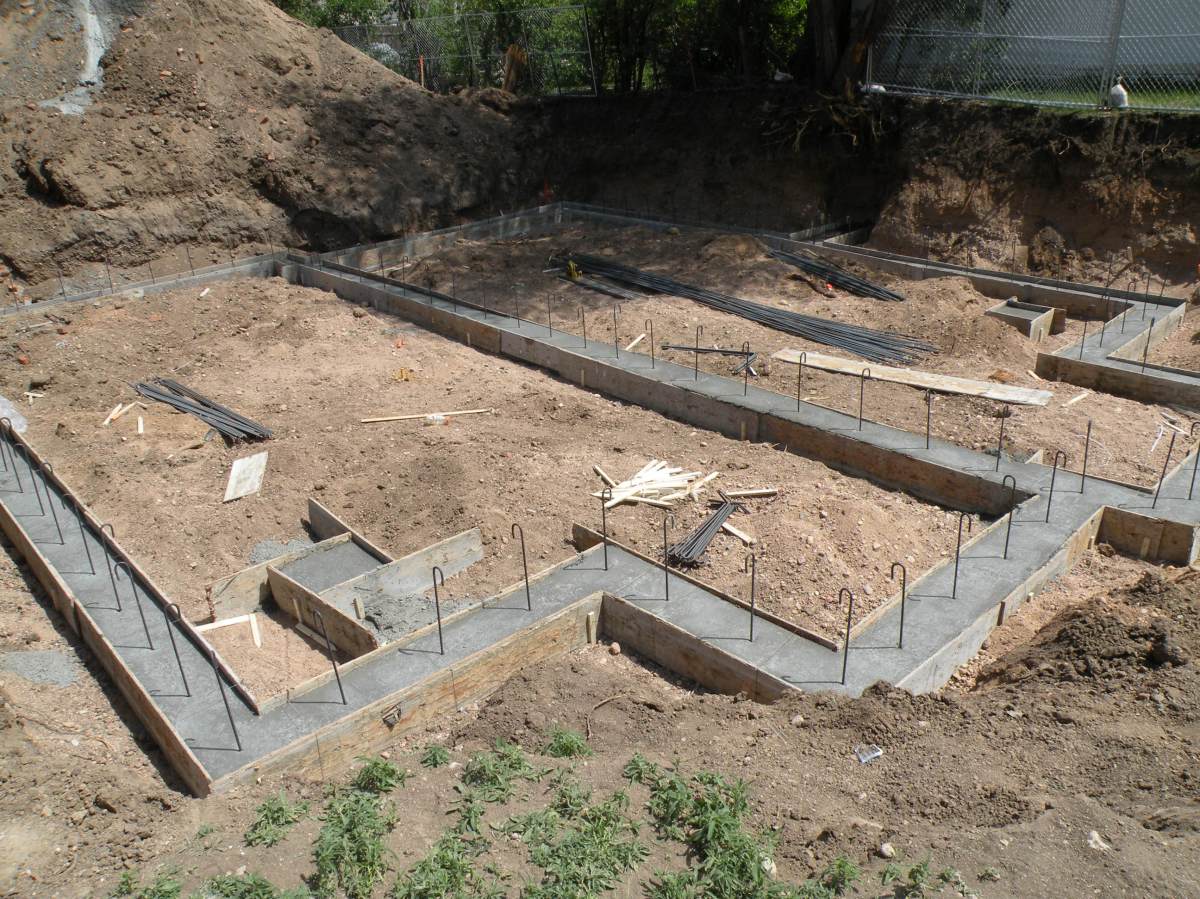

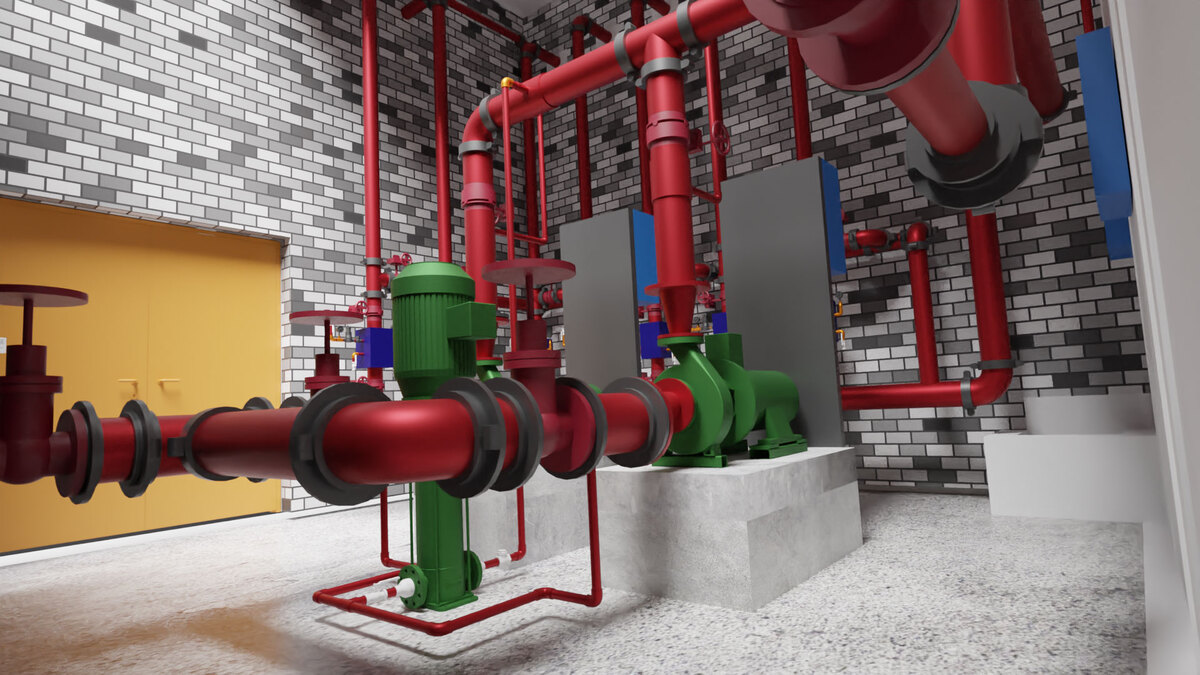
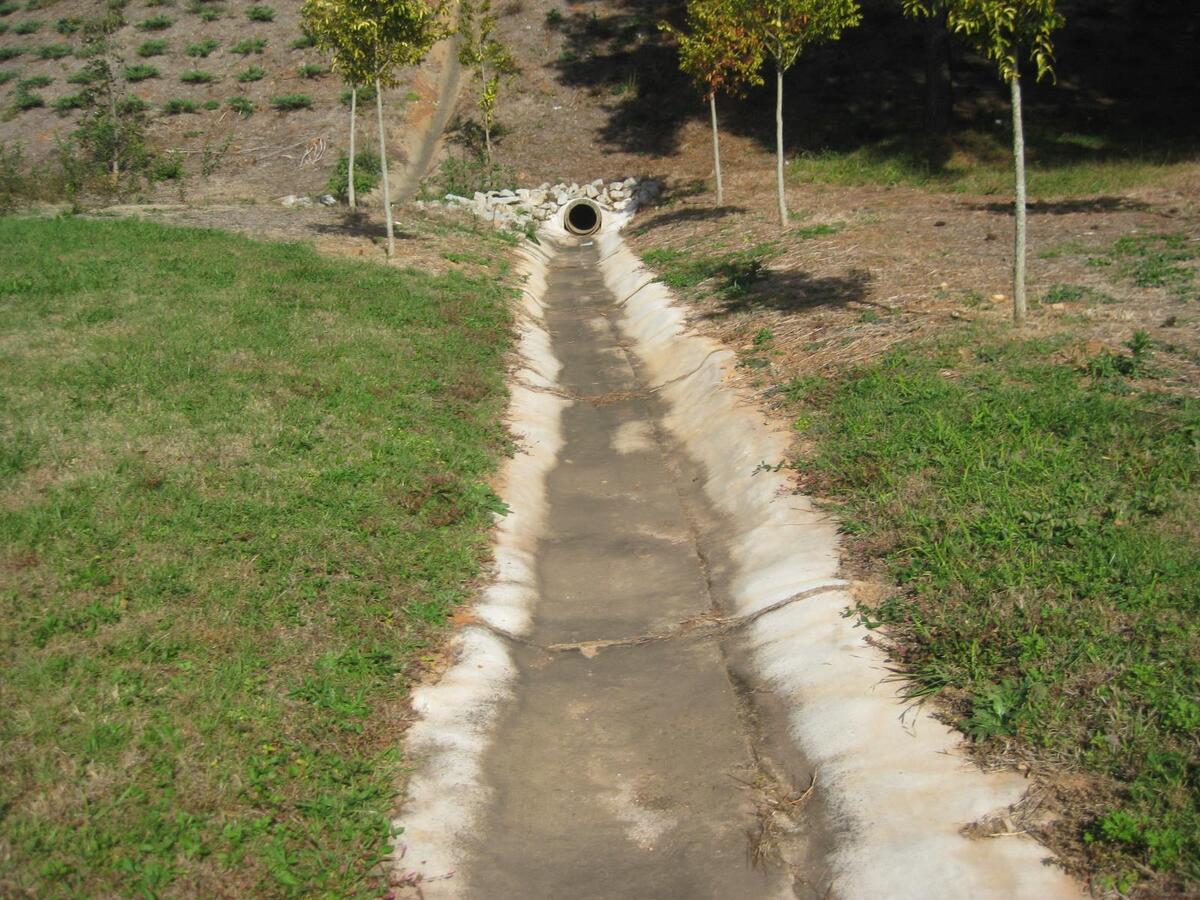



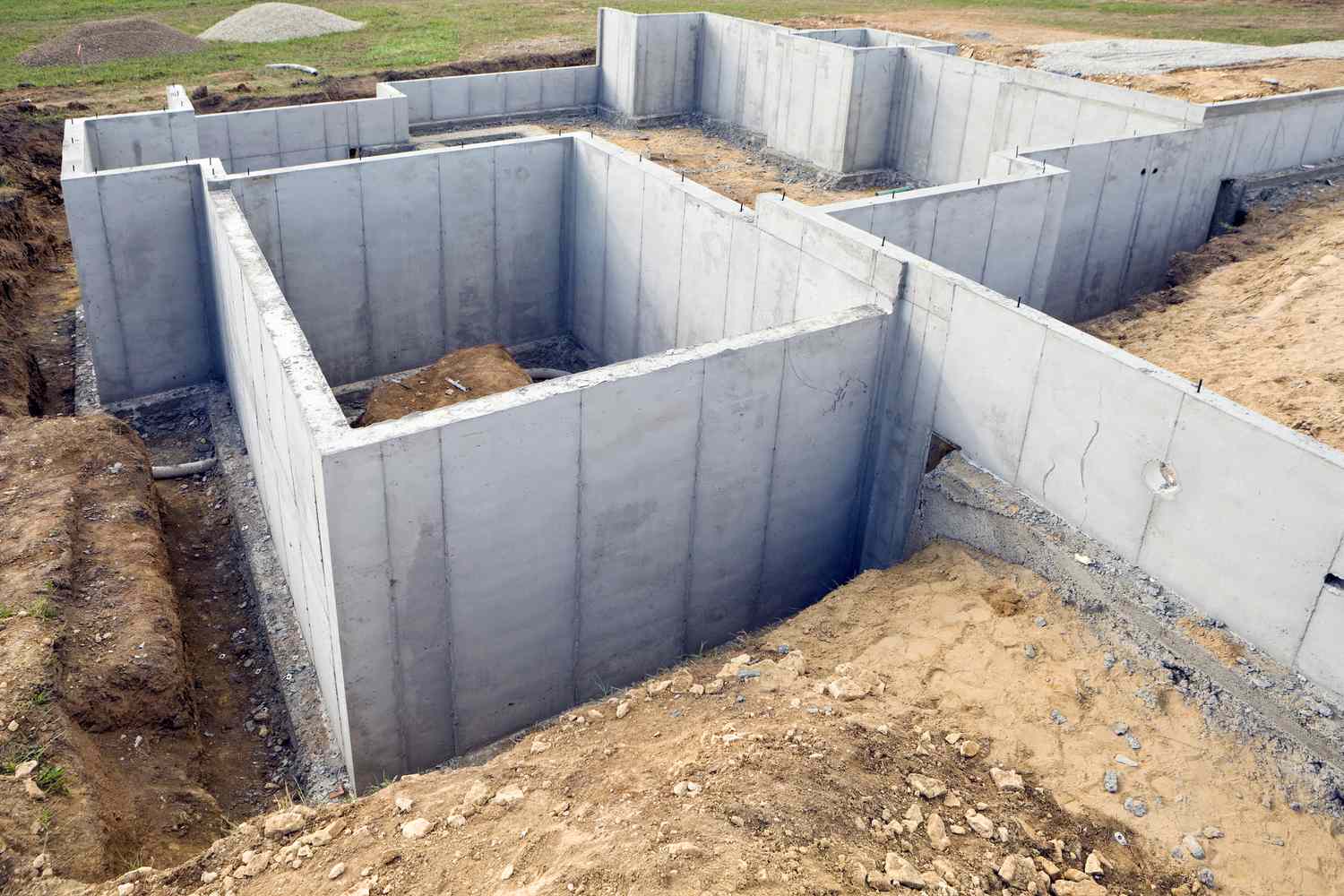
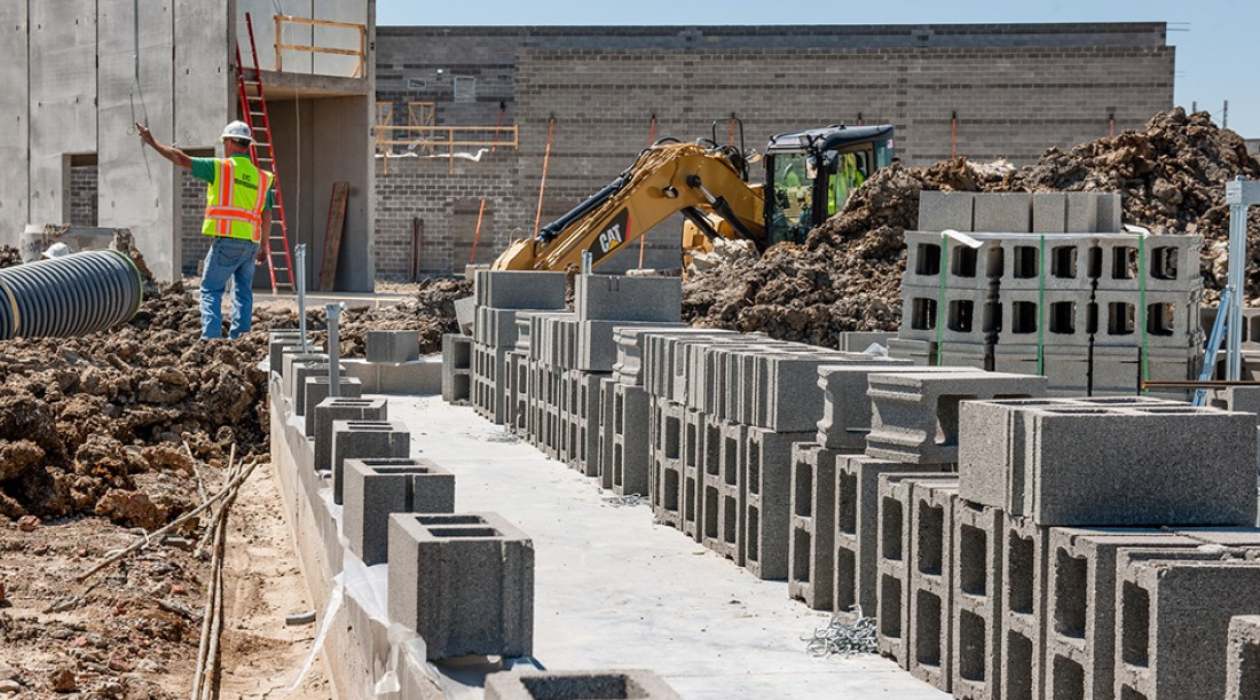



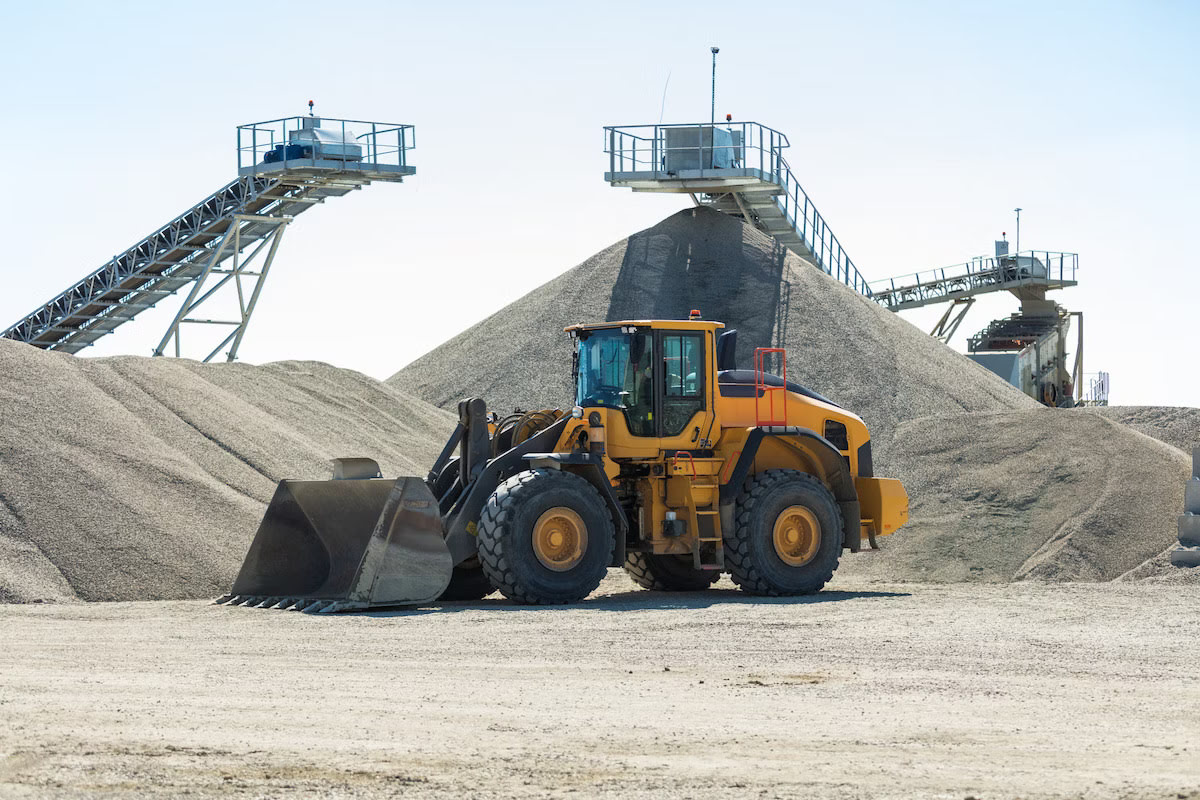

0 thoughts on “What Is Dowel In Construction”